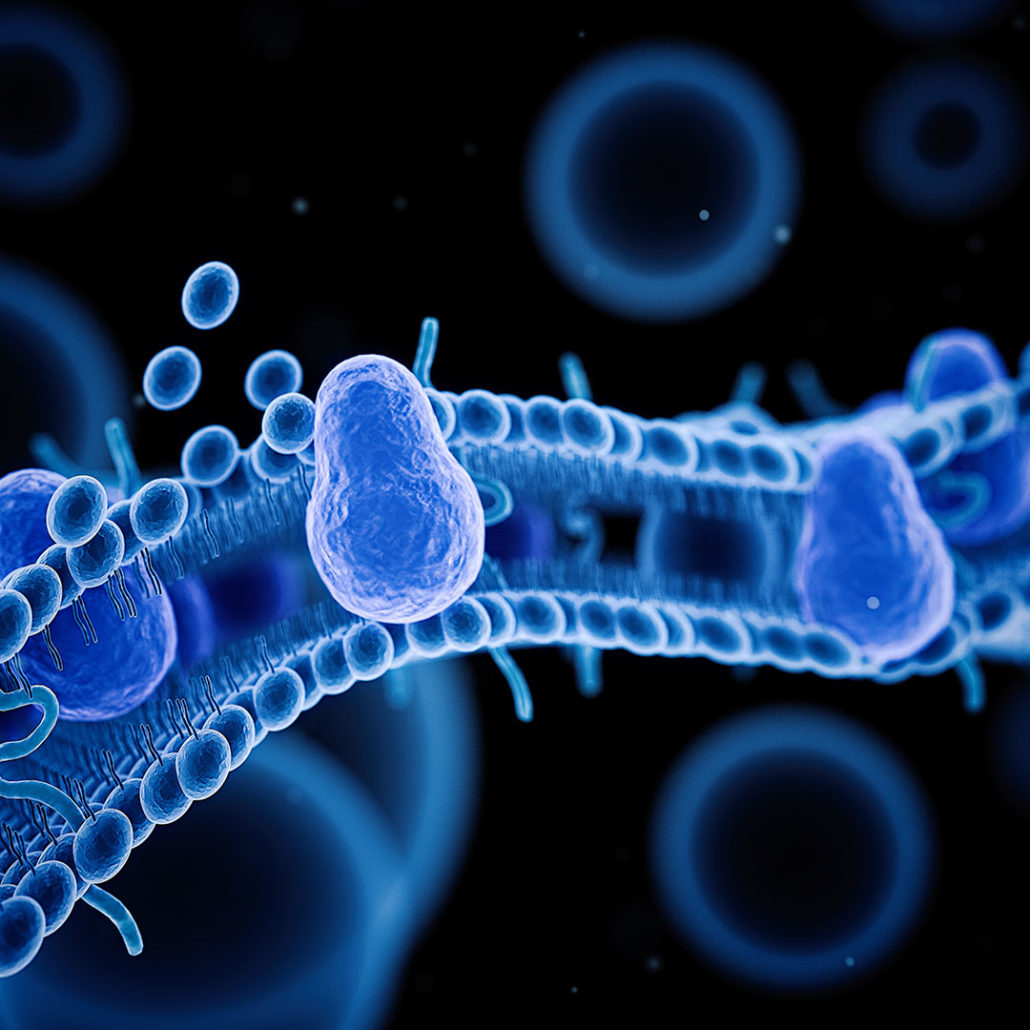Phospholipid Exchange (PK Protocol) Therapy
IV lipid infusion therapy/PK protocol is an intravenous technique to replenish cell membranes.

IV lipid infusion therapy/PK protocol is an intravenous technique to replenish cell membranes.
Phospholipid Exchange Therapy (IV lipid infusion therapy/ PK protocol, named after Dr. Patricia Kane) is an intravenous technique for supplying the correct proportion of fats and oils in a bioavailable form to replenish cell membranes and membranes within cells. Lipid infusion is a technique that has been practiced for decades, especially in Eastern Europe, and is a form of anti-aging medicine that has been shown to combat cellular oxidation and oxygen radicals.
As we know, dysfunction in the brain, nervous system and immune system can be caused by a host of factors, including all of the harmful chemicals we are exposed to on a daily basis – from preservatives in food to prescription drugs and pesticides – which may get stuck in cellular membranes, causing havoc in the body. Providing an abundance of clean oils helps to displace oils in the brain which hold these polluting toxins.
Phospholipid exchange therapy has the ability to dramatically improve the outcomes of patients in a wide range of disorders such as Alzheimer’s, ALS, Multiple sclerosis, fibromyalgia, epilepsy, Lyme disease, chronic fatigue, autism, bipolar disorder, seizures, cardiovascular disease, and many more.
Clinical experience has shown that phospholipid exchange therapy may be used for a number of conditions and issues and that the benefits include:
Lipids serve as the basis of every cell in our body. These lipids, which include phospholipids, glycolipids, and cholesterol, are essential for a host of functions and necessary to maintain health. However, when exposed to external factors like toxins, pathogens, and different stressors, your DNA, cell membranes and mitochondria can become incredibly dysfunctional. However, when exposed to external factors like toxins, pathogens, and different stressors, DNA, cell membranes and mitochondria can become incredibly dysfunctional. This allows toxins to be absorbed and fatty lipid rafts to accumulate, resulting in deranged cells that are unable to restore themselves and function properly. This dilemma is also known as neurotoxicity and fat imbalance in cell membranes, one of the causative factors for many neurodegenerative diseases.
The process of phospholipid exchange therapy, therefore, enables membranes to effectively eliminate stored toxins and regain stabilization of membrane function.
Phospholipid Exchange Therapy / PK Protocol involves intravenous infusions of three substances: phosphatidylcholine, glutathione, and folinic acid. Each of these occurs naturally in the body. The procedure for phospholipid exchange therapy normally includes drawing equal portions of blood and mixing with LipoStabil (phosphatidylcholine) and then re-infusing in a 3-5 minute push. In most cases, it would follow with an infusion of glutathione diluted with an equal portion of sterile water. Exact procedures and techniques require medical training. Here is a little more information on each of these substances:
The outer membrane of all cells is made up of a double layer of lipid (fat) molecules. Phosphatidylcholine (PC) is the largest and most abundant of these lipids. The composition of the membrane is very important to the health and function of a cell. PC is particularly important to the activities of cells in the liver, nervous, cardiovascular and immune systems, and for proper hormone function. LipoStabil is an injectable that contains 250 mg of phosphatidylcholine and comes in 5 mL ampules.
As we age, and in disease, the proportion of PC in membranes declines. Cells are then less able to carry out their normal metabolic activities and eliminate toxins. PC, given intravenously, is incorporated into cell membranes, restoring the balance of lipids. Cellular function, energy, and detoxification are thereby improved.
The glutathione molecule is the main antioxidant in all cells, and it is the foundation of the liver’s primary detoxification pathway, as the liver is the main site of glutathione synthesis. It is then bound to foreign substances and toxins so that they can be eliminated from the body. Stores of glutathione in the liver may be decreased by environmental toxins, metals, infections, and drugs. Glutathione given intravenously helps to restore glutathione levels. It can then bind existing toxins and aid in the detoxification process.
Leucovorin is the trade name for folinic acid, a form of the B-vitamin folic acid. It is important in the metabolism of amino acids (the building blocks of protein), and in the synthesis and replication of genetic molecules.
Leucovorin is included in the lipid exchange to boost the metabolic pathways that cells use to eliminate toxins.

“Of the tens of thousands of molecules that make up the life of a cell, Phosphatidylcholine (PC) stands apart…PC is the largest concentration in the membrane and reigns supreme of all cell components…the pinnacle of the marvelous membrane and all metabolism.”
PATRICIA KANE, PHD
In a recent study, results indicated significant and sustained clinical neurological improvement within the first few weeks after initiation of oral and intravenous treatment of the PK Protocol in a patient population of 300 subjects.
source: The PK – Membrane Stabilizing – Protocol For Neurological Disorders
Collected evidence suggests that even a small deficiency in the lipid content of neurons and myelin can interrupt their function. Phospholipid therapy can stabilize the membrane and organelles on the cellular level within the central nervous system. According to the research conducted by Neurolipid Research Foundation, a significant neurological improvement was documented in patients who followed six months of an oral and intravenous lipid regime.
At the New York Center of Innovative Medicine, phospholipid exchange therapy is one of many different treatments considered for each patient. However, the use of this therapy is only performed on patients after an in-depth initial evaluation reveals it would be necessary for your personalized program of treatment. Because each person is unique, and their health needs are different, there is no set protocol for using IV lipid therapy nor is the patient able to request the use of this therapy if the medical team finds it would not be as helpful as another treatment or specific combination of therapies. The ultimate goal is the complete restoration of health in the most efficient and safe manner, and with so many therapeutic options, it is impossible to know if PK protocol is right for you without an initial evaluation at our clinic.
Contact NYCIM and Book Your Appointment Today
or
» Take Our Questionnaire to See if You’re a Good Candidate
or
» See Additional NYCIM Services & Therapies
Innovative Medicine is about restoring your body and mind’s power to heal itself. Learn how to tap into your unique healing potential by signing up for our newsletter.

 Ozone Therapy
Ozone Therapy
Leave a Reply
Want to join the discussion?Feel free to contribute!